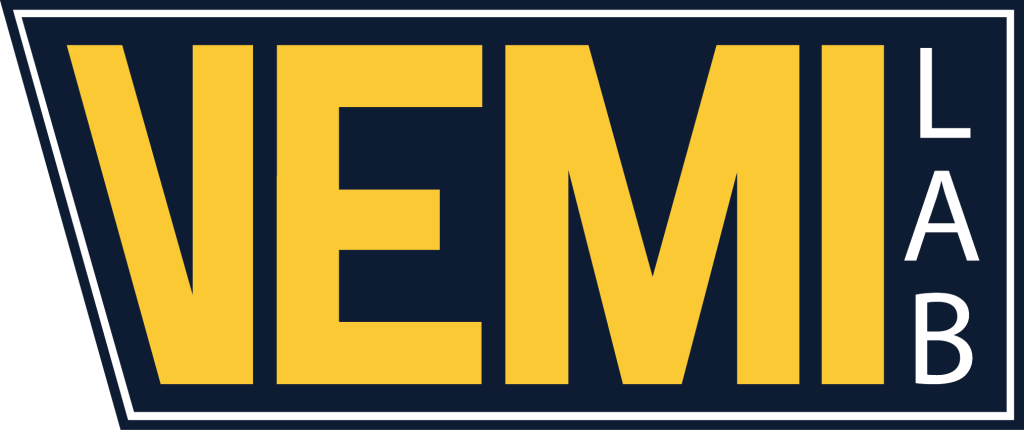Conveying Topographic Information with 3D printed Models and Tactile Maps
Published: 2017
Publication Name:
Abstract:
Raymond J. Perry. Unpublished Masters Thesis, May 2017, UMaine. (N.A. Giudice: thesis advisor).
Background: Blind and Visually Impaired (BVI) spatial learning research is mostly focused on indoor learning and cityscape learning. Little significant research has been conducted regarding the ideal method for conveying topographical information to BVI individuals. Filling this gap, this research aims to investigate several approaches to convey this important information and to empirically assess which is the best suited and the most accurate method to present the rendered information in an understandable manner. Methods: 30 adult participants (ages 18-40) were broken into two groups. Each performed several matching tasks, with one group given a tactile map to match to a 3D printed model and the other group given a 3D printed model to match to a tactile map. Learning Time, Selection Time, and accuracy of selection were evaluated. Results: All selection measures showed obvious learning effects for both conditions. Accuracy for selection was well above random chance. Having a pre-disposition to map-reading had a positive correlation with both selection speed and accuracy performance. Conclusion: Results suggest that the tactile contour maps were as successful in conveying topographic information to the participants as were the 3D printed models. The findings also suggest that after being trained with this type of tactile map, it is possible to recognize a map that resembles a 3D printed model.

